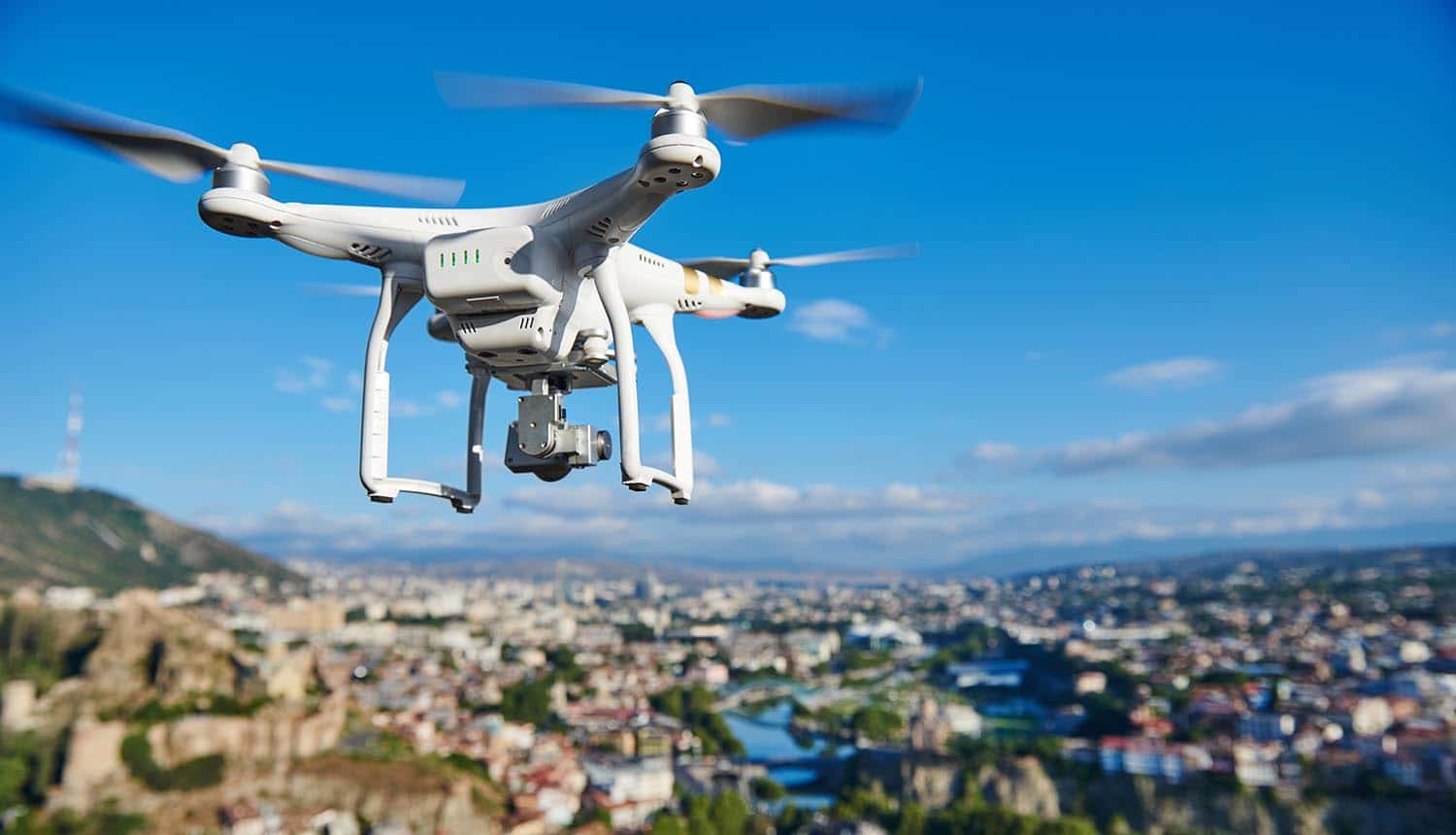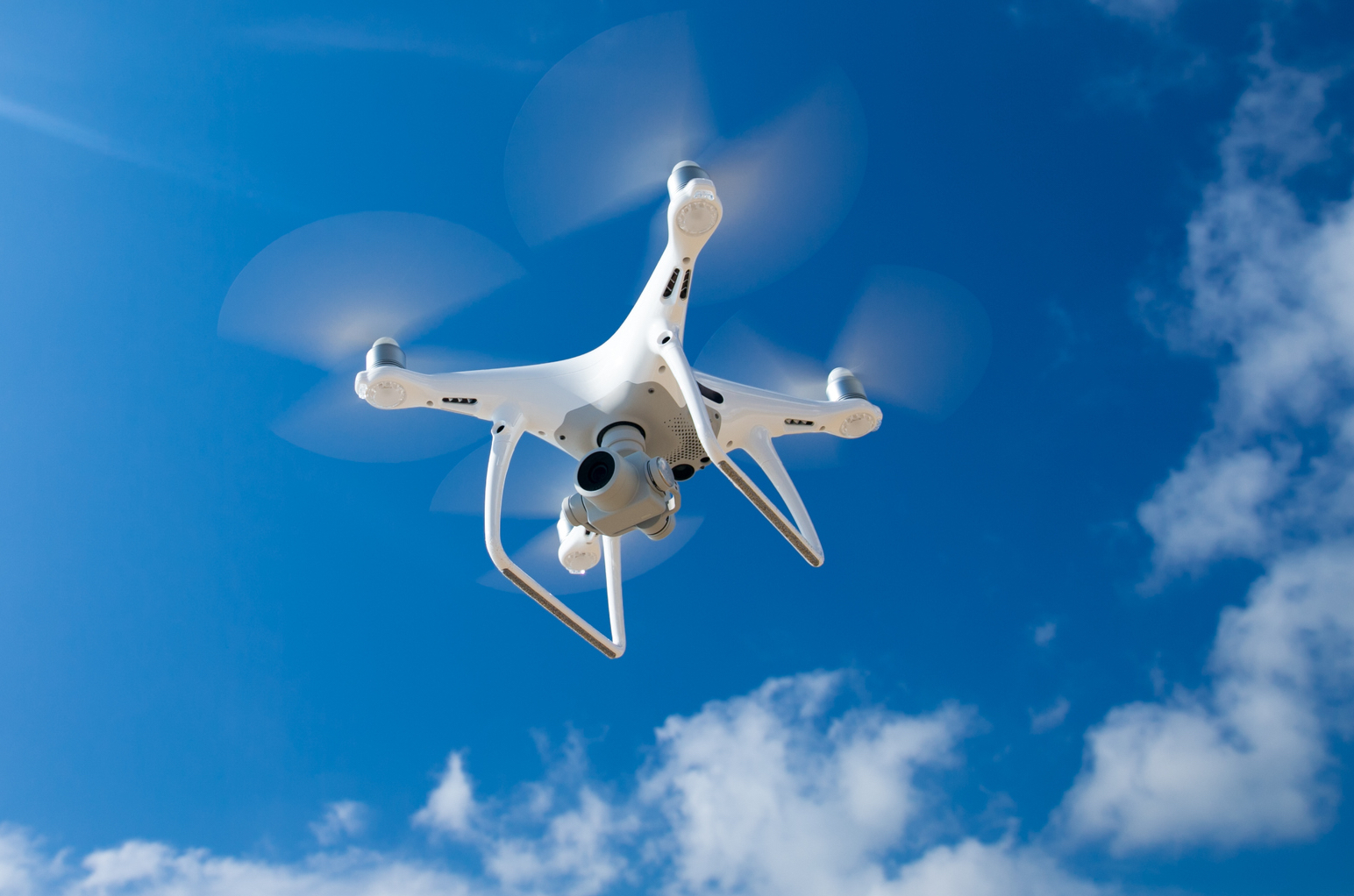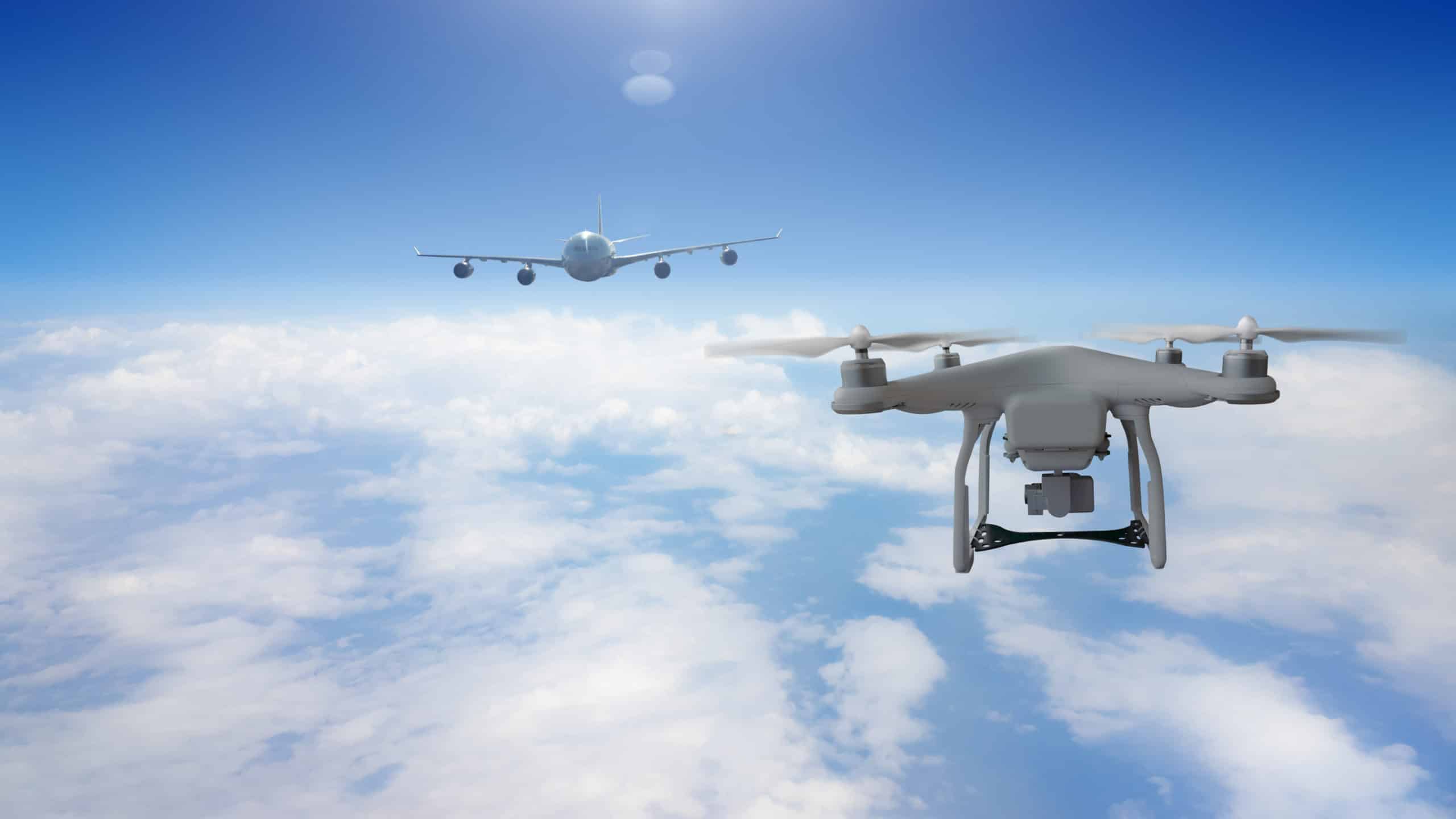Sky elements drones are revolutionizing how we observe and understand atmospheric conditions. By integrating advanced image processing techniques with unmanned aerial vehicles (UAVs), we gain unprecedented access to real-time data on cloud cover, wind patterns, and other atmospheric phenomena. This technology offers significant advancements across various sectors, from enhancing agricultural practices and optimizing construction projects to improving weather forecasting accuracy.
This exploration delves into the methods for identifying sky elements in drone footage, the diverse applications leveraging this data, and the technological limitations and future possibilities in this rapidly evolving field. We’ll examine the challenges of automated identification, explore the ethical considerations surrounding data collection, and consider how technological advancements could further refine our understanding of atmospheric dynamics through drone-based observation.
Sky Element Identification in Drone Footage
Analyzing aerial imagery to extract meaningful information about atmospheric conditions presents unique challenges. The complexity arises from variations in image resolution, lighting conditions, and the inherent variability of sky elements themselves. This section details the methods and challenges involved in identifying sky elements from drone footage.
Exploring the innovative world of aerial technology often leads to exciting discoveries. One such company pushing boundaries in drone technology is Sky Elements Drones, whose commitment to quality is evident in their impressive range of products. You can learn more about their innovative designs and capabilities by visiting their website: sky elements drones. Ultimately, Sky Elements Drones are shaping the future of aerial solutions with their dedication to cutting-edge advancements.
Challenges in Sky Element Identification
Identifying sky elements like clouds, haze, and other atmospheric phenomena in drone footage is complicated by several factors. Resolution significantly impacts the detail visible; low-resolution images may obscure fine cloud structures, making accurate classification difficult. Lighting conditions, including time of day and sun angle, dramatically alter the appearance of sky elements, leading to inconsistencies in automated identification. Variations in atmospheric conditions themselves, such as the presence of fog or precipitation, further complicate the process.
Finally, the dynamic nature of the sky, with constantly changing cloud formations and atmospheric phenomena, requires real-time processing capabilities for effective analysis.
Automated Sky Element Identification Methods, Sky elements drones
Several image processing techniques are employed for automated sky element identification. These techniques often involve a combination of approaches to overcome the challenges mentioned earlier. Common methods include thresholding techniques to segment sky regions from other features, texture analysis to characterize cloud structures, and machine learning algorithms, such as convolutional neural networks (CNNs), trained on large datasets of labeled drone imagery to classify different sky elements with high accuracy.
Advanced techniques leverage multispectral or hyperspectral data to capture more detailed information about atmospheric composition.
Comparison of Algorithms for Sky Element Identification
The accuracy, computational cost, and implementation complexity of different algorithms vary considerably. CNNs generally achieve higher accuracy but require significant computational resources and expertise for implementation. Simpler methods like thresholding are computationally less expensive but may exhibit lower accuracy, especially under challenging conditions. The choice of algorithm depends on the specific application and the trade-off between accuracy and computational constraints.
Comparison of Image Processing Techniques
| Technique | Accuracy | Computational Cost | Implementation Complexity |
|---|---|---|---|
| Thresholding | Moderate | Low | Low |
| Texture Analysis | Moderate to High | Moderate | Moderate |
| Convolutional Neural Networks (CNNs) | High | High | High |
| Hyperspectral Imaging Analysis | Very High | Very High | Very High |
Drone Applications Utilizing Sky Element Data
Real-time analysis of sky elements gathered by drones offers significant advantages across various sectors. This section explores several applications and the associated ethical considerations.
Enhanced Drone Flight Safety and Autonomy
Real-time analysis of cloud cover, wind speed (estimated from cloud movement), and other atmospheric conditions directly improves drone flight safety. For example, a drone equipped with a sky element analysis system could automatically adjust its flight path to avoid areas with high winds or low visibility. This enhances autonomy by allowing drones to make informed decisions about flight parameters, reducing the need for constant human intervention.
Sky elements drones offer a unique perspective, allowing for aerial photography and advanced surveying. Interestingly, the technology behind tracking these drones is quite sophisticated, similar to the systems used by NORAD to track Santa, whose phone number you can find here: norad santa tracker phone number. The precision needed for both applications highlights the impressive advancements in location tracking technology, ultimately benefiting both recreational and professional drone users.
Industries Benefiting from Drone-Based Sky Element Monitoring
- Agriculture: Drones can monitor cloud cover and precipitation to optimize irrigation scheduling and predict crop yields.
- Construction: Real-time wind speed estimation helps ensure worker safety and prevents delays caused by inclement weather.
- Meteorology: Drones provide high-resolution atmospheric data, supplementing traditional weather monitoring systems, particularly in remote or inaccessible areas.
Ethical Implications of Drone-Collected Sky Data
The use of drone-collected sky data raises ethical concerns related to privacy and data security. While sky data itself might not directly identify individuals, the potential for linking it with other data sources raises privacy concerns. Robust data security measures are crucial to prevent unauthorized access and misuse of this sensitive information. Clear guidelines and regulations are necessary to balance the benefits of drone-based sky element monitoring with the need to protect individual privacy and ensure data security.
Drone-Based Weather Monitoring System Architecture
A drone-based weather monitoring system would typically consist of a drone equipped with appropriate sensors (e.g., cameras, lidar, weather sensors), a ground control station for data processing and analysis, and a communication network for real-time data transmission. The system would utilize image processing algorithms to analyze drone footage, extracting relevant sky element information. This data would then be used to generate weather predictions and inform decision-making in various applications.
Technological Limitations and Future Directions

While drone technology has advanced significantly, limitations remain in accurately capturing and analyzing sky elements. This section explores these limitations and potential future advancements.
Current Limitations in Drone-Based Sky Element Analysis
Current limitations include sensor limitations, particularly in capturing subtle atmospheric features under challenging lighting conditions or in the presence of atmospheric interference like haze or fog. The accuracy of algorithms is also limited by the availability of sufficiently large and diverse datasets for training machine learning models. Processing power onboard drones often restricts real-time analysis capabilities, requiring data transmission to ground stations for processing.
Advancements in Drone Sensor Technology
Hyperspectral imaging offers the potential to capture far more detailed spectral information about atmospheric constituents, improving the accuracy of sky element identification. Lidar provides three-dimensional information about cloud structures and atmospheric aerosols, enabling more precise estimations of wind speed and cloud properties. Miniaturization and improved processing power of onboard sensors will enhance real-time analysis capabilities.
Research Directions for Improving Sky Element Analysis

Future research should focus on developing more robust and efficient algorithms that can handle variations in lighting conditions and atmospheric interference. The development of more comprehensive and diverse datasets for training machine learning models is crucial. Research into sensor fusion techniques, combining data from multiple sensors, could improve the accuracy and reliability of sky element analysis.
Potential Research Questions
- How can deep learning models be improved to handle the variability of sky elements under diverse lighting conditions?
- What are the optimal sensor configurations for capturing high-quality sky element data under various atmospheric conditions?
- How can we develop more efficient algorithms for real-time processing of drone-acquired sky data?
- What are the ethical implications of using AI-powered drone systems for weather monitoring?
Illustrative Examples of Sky Element Analysis: Sky Elements Drones

This section provides illustrative examples of how drone-based sky element analysis can be applied in real-world scenarios.
Predicting Weather Patterns on a Farm
A drone equipped with a multispectral camera could capture images of a farm, analyzing cloud cover, temperature, and humidity. This data, combined with meteorological models, could be used to predict the likelihood of rainfall within the next few hours, allowing farmers to optimize irrigation and protect crops from potential damage. Data acquisition involves scheduled drone flights over the farm, followed by automated image processing and integration with weather prediction models.
The prediction methodology involves comparing current atmospheric conditions with historical data and weather patterns to generate a probabilistic forecast.
Preventing a Construction Site Safety Incident

Imagine a construction project where high winds pose a significant safety risk. A drone-based weather monitoring system could provide real-time wind speed estimations. If wind speeds exceed a predefined threshold, the system could automatically alert the construction crew, potentially preventing accidents by halting operations until the wind subsides. The system would utilize image processing techniques to estimate wind speed from cloud movement, coupled with onboard anemometer data for validation.
The prediction methodology relies on real-time data analysis and pre-defined safety thresholds.
Drone’s Perspective of Sky Elements
Imagine the drone hovering at 100 meters above a construction site. The camera captures a mostly clear sky, with scattered cumulus clouds at varying altitudes. The system identifies a large cumulonimbus cloud in the distance, indicating the potential for heavy rain and strong winds. The analysis highlights the cloud types, their altitudes, and estimated wind speed based on cloud movement, providing critical information for ensuring site safety.
Lower-level stratus clouds are also identified, potentially affecting visibility.
The integration of drones and advanced image processing offers a powerful new tool for analyzing sky elements, providing valuable insights across multiple industries. While technological limitations currently exist, ongoing research and development promise significant advancements in sensor technology and analytical algorithms. The potential for improved weather prediction, enhanced safety protocols, and more informed decision-making in various sectors makes the continued exploration of sky elements drones a critical endeavor.
The ethical implications of data collection must remain at the forefront of this technological advancement, ensuring responsible and beneficial implementation.
FAQ Explained
What types of sensors are commonly used on drones for sky element analysis?
Sky elements drones, with their sophisticated programming, usually deliver breathtaking aerial displays. However, the recent incident highlighted in this report on an orlando drone show malfunction serves as a reminder of the potential for technical glitches, even with advanced technology. Understanding such malfunctions helps improve the safety and reliability of future sky elements drone performances.
Common sensors include RGB cameras, multispectral cameras, and lidar systems. The choice depends on the specific application and desired data resolution.
How is wind speed estimated from drone footage?
Wind speed can be estimated by tracking the movement of clouds or other visible atmospheric features over time in sequential images. Specialized algorithms analyze the displacement of these features to calculate wind velocity.
What are the privacy concerns related to drone-based sky element data collection?
Privacy concerns arise from the potential for drones to inadvertently capture images of private property or individuals. Strict adherence to data privacy regulations and responsible flight planning are crucial to mitigate these risks.